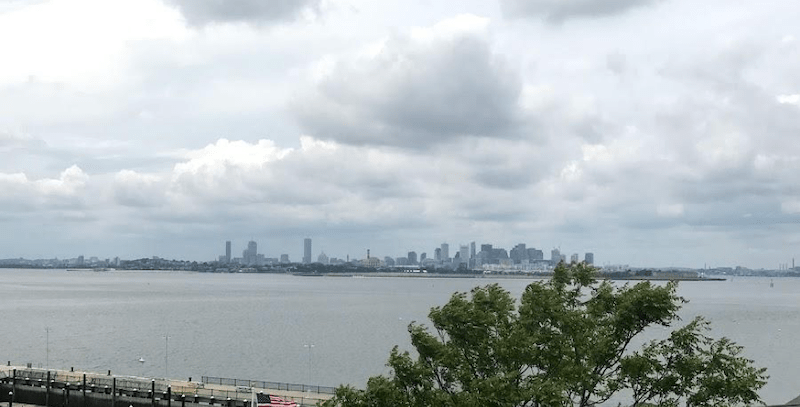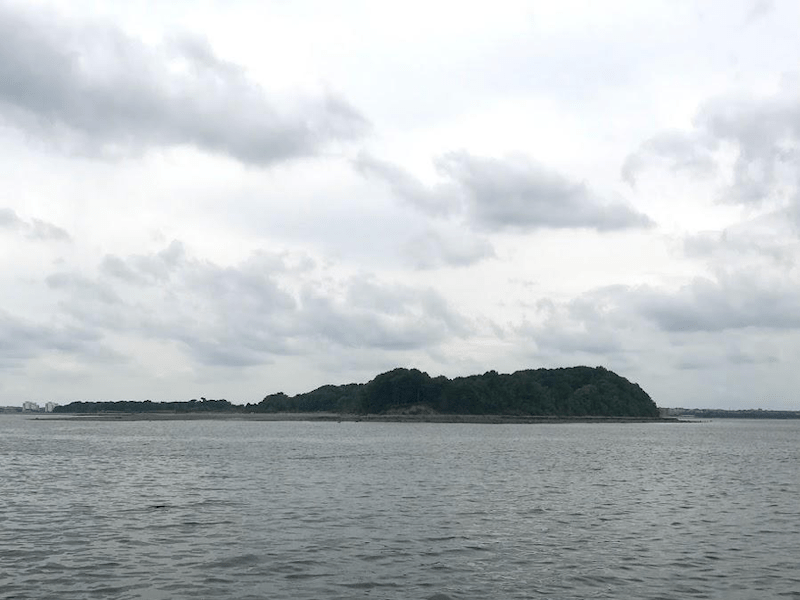Adding Humanness Back into Archaeology
Written by: Melissa Hurtado

To be an archaeologist, is to address the field’s colonial and destructive past everyday and in every decision one makes. One way archaeologists are starting to address this is by realizing how disconnected archaeological jargon is to human experiences, specifically to those whose ancestors it belongs to. The terminology we use is extremely dry, just like many other scientific terminologies. However, the problem with this is that archaeologists focus more on the object and landscape itself rather than who was there and what they were doing. An example of this from an article on the Park Service website titled “Indigenizing Archaeology at Acadia National Park” is how an archaeologist may refer to a “biface” or stone point as showing “extremely fine workmanship” or estimated years of “occupation” rather than talking about who made the stone creations, the intentionality of it, and how they are a gift of art. Another example from the article is how some people prefer shell heaps or mound rather than shell middens which bring agency back into the creation of the mound.
Why are we using terms that take humans out of history? This is the question that I am trying to address in my internship for the Archaeology Climate Action Plan at the Boston Harbor Islands.
On June 3rd, the National Trust for Historic Preservation listed the Boston Harbor Islands as one of the top 11 most endangered historic sites in the country. Sea level rise and erosion are changing the landscape of the islands, resulting in the destruction of sacred land and multiple shell mounds. In an article by the Boston Globe, Joe Bagley, City of Boston archaeologist, states that some islands are eroding as much as 3 feet per year, with human past that we are actively losing in every storm.
The islands contain 103 archaeological sites and possibly more, many of which are sacred sites to the Massachusett tribe. The Archaeology Climate Action Plan hopes to survey and document these sites before they are lost to climate change and center the conversations on Indigenous sites as well as the connection and continuity that Indigenous people have to the Islands today. This season we are focusing on Grape and Thompson Island.

View of Thompson Island from the Water Ferry.
To have these conversations it is important to have the correct terminology and therefore I am working on creating a document that translates traditional archaeological jargon into vocabulary that reflects the Indigneous terminology. This means getting familiar with boxes and boxes of archaeological surveys done at the Boston Harbor Islands in the past and understanding which words should be changed in future discourse.
At the end of the day, we cannot forget archaeology’s colonial past but we can work towards addressing it and making it better for people today and for future generations to come. I am really excited for the rest of the work I will be doing in the Harbor Islands. Next week I will be doing some field work with the Boston Harbor Islands Park Service’s Natural Resources Team so stay tuned for my next post!

A well and thoughtfully written article about connecting human agency and the human past with the tools and other evidence of past use by indiginous cultures and changing our behaviors and language to respectfully approach, document and communicate work focused on understanding archeological and cultural sites, material culture and context.